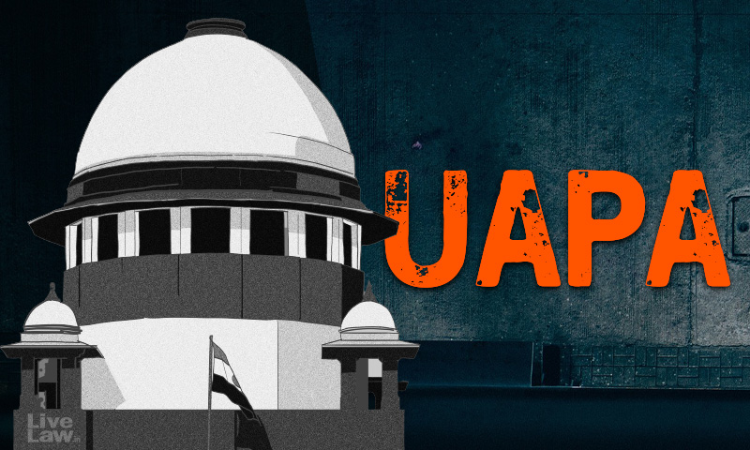UAPA | Mere Delay In Trial No Ground To Grant Bail When Grave Offences Are Involved : Supreme Court
Debby Jain
8 Feb 2024 12:56 PM IST

Next Story
8 Feb 2024 12:56 PM IST
While denying bail to a man charged under the Unlawful Activities (Prevention) Act, 1967 ("UAPA") for allegedly promoting Khalistani terror movement, the Supreme Court on Wednesday (February 7) held that mere delay in trial is no ground to grant bail in grave offences.To quote the Bench of Justices MM Sundresh and Aravind Kumar, "...material on record prima facie indicates the complicity of...
